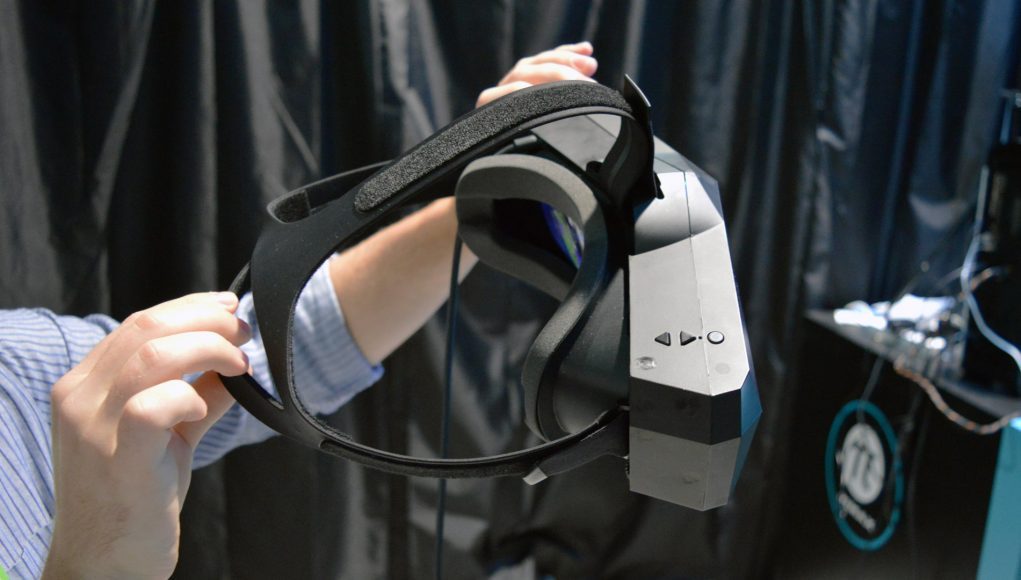Following their appearance with a new “8K” prototype at CES 2018, Pimax’s latest update says that backers won’t see their finished headsets until Q2, delaying the initially expected delivery date by several months.
Pimax ran an awfully successful Kickstarter for the “8K” headset back in 2017, concluding the crowdfunding campaign with some $4.2 million in funding. The company quickly thereafter announced a $15 million Series A investment for continued development of the headset, which aims to deliver an ultrawide field of view and high resolution.
While the first wave of “8K” headsets were estimated to begin delivery to backers in January, 2018, Pimax’s latest update to backers pushes the headset’s estimated delivery into Q2 (April–June).
Currently, taking into account the fixes for the final version, we are now looking at a delivery window of Q2. So we’re certainly getting there! We will continue to offer you more frequent updates as we pass those milestones and tweak towards our final version. We are so grateful for the feedback you’ve given us, and for the patience, you’ve shown in allowing us the time to really hone Pimax 8K to be the best it can be.
We do understand that our initial estimate for delivery was perhaps generous, and for this we sincerely apologize. It’s been very encouraging to hear from press and community that have tested the latest version, and that they feel we’re almost there, but we of course know we’ve got a lot of work to put in over the coming weeks. We don’t want to let you down on final build quality, so we’re back at the grindstone, and as M1 becomes available, we’ll have an even clearer idea of our trajectory, which we will of course share with you ASAP.
The update also offers a timeline of the company’s various prototypes over the last year, and says that, starting in mid-March, they expect to begin showing the ‘M1’ (the “close-to-mass production unit”) and working with a “small, closed group from the community” to test the headset and gather feedback ahead of the final production unit.
Delays for Kickstarter projects involving hardware manufacturing are not uncommon, so we’re not surprised to see Pimax push back their estimated delivery date. In fact, in our breakdown of the most important stories at CES 2018, we figured as much:
If Pimax plans to meet the quality bar set by headsets like the Rift and Vive, we don’t expect to see the headset launch before mid-2018, in order to give the company time to finalize their design, tune up outstanding issues, and sort out manufacturing issues which always seem to crop up during initial production. Kickstarter backers of the headset could see beta/prototype versions delivered in small batches prior to mid-2018, however it’ll likely take some back and forth between backers and Pimax before the headset is truly ready for open sale.
The question now is whether or not the company can iron out the kinks we noted in our CES 2018 hands on, and do it in time for their new Q2 delivery window.







